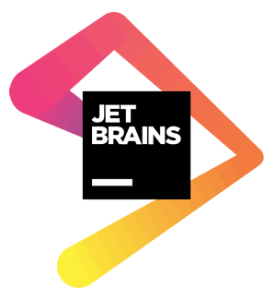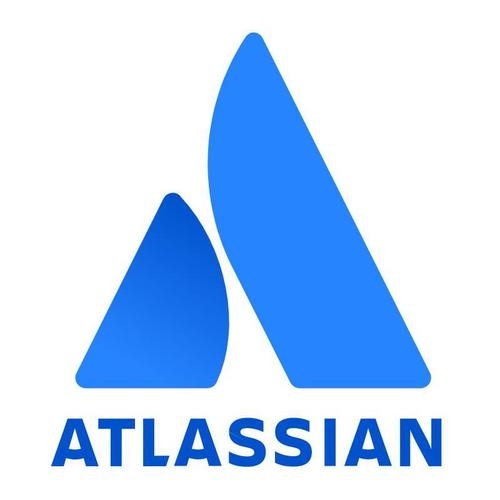GoFrame
English | 简体中文
GoFrame is a modular, powerful, high-performance and enterprise-class application development framework of Golang.
If you're a newbie to
Go, you may considerGoFrameeasy and great asLaravelinPHP,SpringBootinJavaorDjangoinPython.
Installation
go get -u -v github.com/gogf/gf
suggested using go.mod:
require github.com/gogf/gf latest
Limitation
golang version >= 1.11
Architecture
Packages
-
Primary Package
The
gfrepository maintains some basic and most commonly used packages, keeping it as lightweight and simple as possible. -
Community Package
The community packages are contributed and maintained by community members, which are hosted in
gogforganization. Some of the community packages are separated from thegfrepository, which are not of common usage or are with heavy dependencies.
Performance
The Web component performance of GoFrame, please refer to third-party project: https://github.com/the-benchmarker/web-frameworks
Documentation
- 中文官网: https://goframe.org
- GoDoc API: https://godoc.org/github.com/gogf/gf
Discussion
- QQ Group:116707870
- WX Group:Add friend
389961817in WeChat, commentingGF - Issues:https://github.com/gogf/gf/issues
It's recommended learning
GoFramethrough its awesome source codes and API reference.
License
GF is licensed under the MIT License, 100% free and open-source, forever.
Part Of Users
We list part of the users here, if your company or products are using
GoFrame, please let us know here.
Contributors
This project exists thanks to all the people who contribute. [Contributors].
Donators
If you love GF, why not buy developer a cup of coffee?
Sponsors
We appreciate any kind of sponsorship for GF development. If you've got some interesting, please contact WeChat 389961817 / Email [email protected].













